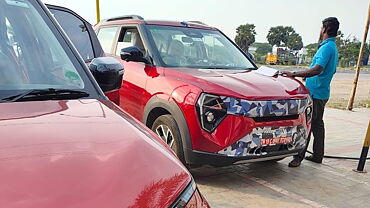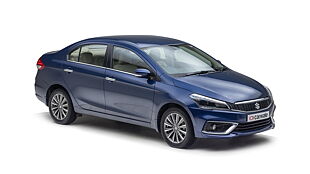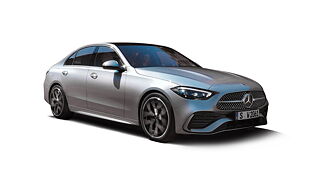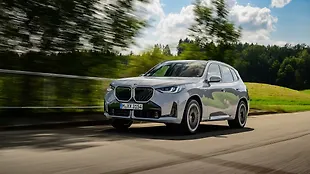
The newly launched third-generation Skoda Superb is not just 20 per cent more powerful but is also 75kgs lighter than its predecessor. Based on fresh updates, we believe that Skoda might introduce the DCC or Dynamic Chassis Control system, currently offered in the international market, in the Indian-spec Superb.
The DCC system helps in adjusting engine responsiveness, steering weight, softening car dampers and gearbox reaction time to manage different driving situations. Drivers will get to choose from three driving modes - Comfort, Normal and Sport. However, this will take a while as Skoda will have to fine tune the current suspension system which is currently tuned as per Indian road conditions. The DCC system might be offered next year onwards and we believe that it will be offered in the top-end variant. Earlier, the DCC system was avoided to keep the cost factor in-check.
Currently, the Skoda Superb is offered in Style and L&K variants. Under the hood, the sedan gets a new 1.8-litre petrol engine which generates 178bhp of power, while the diesel gets a 2.0-litre engine which generates 175bhp of power. The petrol variant is available in manual and automatic transmission options, while diesel is offered only in diesel guise. The use of MBQ architecture has resulted in more interior space for its occupants. The boot area of 625-litres is also about 30-litres bigger than the outgoing model.
As for features, the Superb’s L&K variant offers state-of-the-art 6.5-inch screen infotainment unit. SmartLink allows users to connect their smartphone and view details on the infotainment system. The L&K trim also gets the Canton sound system with standard 12 speakers and an impressive 610 W output which offers outstanding sound quality. In terms of safety, the new Skoda Superb comes loaded with standard safety features like Electronic Stability Control including Multi-Collision Brake, electronic Tyre Pressure Monitoring, eight airbags, five three-point seat belts with fastening alerts as well as safety headrests. The car also gets the XDS+, an enhanced function of the electronic differential lock.

![Skoda Superb [2016-2020] Image Skoda Superb [2016-2020] Image](https://imgd.aeplcdn.com/272x153/cw/ec/19850/Skoda-Superb-Exterior-119149.jpg?wm=0&q=80)















![Skoda Superb [2016-2020] Exterior Skoda Superb [2016-2020] Exterior](https://imgd.aeplcdn.com/199x112/cw/ec/19850/Skoda-Superb-Exterior-119149.jpg?wm=0&q=80)
![Skoda Superb [2016-2020] Right Front Three Quarter Skoda Superb [2016-2020] Right Front Three Quarter](https://imgd.aeplcdn.com/199x112/cw/ec/19850/Skoda-New-Superb-Right-Front-Three-Quarter-56210.jpg?v=201711021421&q=80)
![Skoda Superb [2016-2020] Right Front Three Quarter Skoda Superb [2016-2020] Right Front Three Quarter](https://imgd.aeplcdn.com/199x112/cw/ec/19850/Skoda-Superb-Right-Front-Three-Quarter-67637.jpg?v=201711021421&q=80)
![Skoda Superb [2016-2020] Dashboard Skoda Superb [2016-2020] Dashboard](https://imgd.aeplcdn.com/199x112/cw/ec/19850/Skoda-Superb-Dashboard-111008.jpg?v=201711021421&q=80)
![Skoda Superb [2016-2020] Steering Wheel Skoda Superb [2016-2020] Steering Wheel](https://imgd.aeplcdn.com/468x263/cw/ec/19850/Skoda-Superb-Steering-Wheel-67763.jpg?v=201711021421&q=80)


























